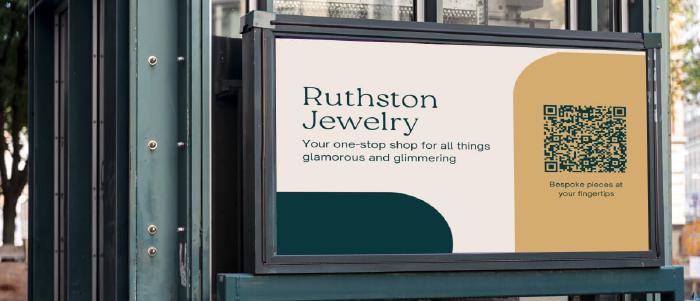
Oct 15 2023
13 min read

In marketing, distributing your content to a broad audience in the hopes of persuading a tiny percentage to convert is not a particularly effective strategy. Although it can be tempting to “spray and pray,” aiming to please everyone has never yielded positive results.
The modern marketer must be savvier to break through the clutter and generate interest and relevance among prospective customers. It’s possible to capture their attention with entertaining or inspirational content. Still, it’s time to move past the high-level brand video and commit to directing your message at specific audience subgroups. The secret to increasing audience engagement and conversion is “narrowcasting” your material.
Narrowcasting is when you show any content that targets particular buyer profiles or audience groups. Unlike broadcasting, where a certain information or communication reaches anyone and everyone, narrowcasting restricts its reach via different ways: by limiting the access or by making the content highly personalized which renders it irrelevant to the non-target groups.
Since you can speak in specific industry jargon and go into depth on use cases or specifics that only your target would understand, narrowcasting helps in the comprehension of your message.
Additionally, narrowcasting facilitates pre-qualifying leads. Anyone who doesn’t respect your content or comprehend what you’re saying was probably never a solid lead to send to sales in the first place.
By abandoning the broadcast strategy, you can create content with your target group in mind. Know your audience the way you would like to know a new friend: at a psychological level. This refers to more than simply their profession or even their position as the decision-maker.
To truly appreciate the effectiveness of narrowcasting, it’s essential to understand its distinction from traditional broadcasting:
| Feature | Broadcasting | Narrowcasting |
|---|---|---|
| Audience | Large, undifferentiated | Specific, well-defined segments |
| Message | General, one-size-fits-all | Personalized, relevant to specific needs |
| Reach | Wide, aiming for mass exposure | Focused, aiming for high engagement within a group |
| Cost | Potentially high upfront for broad reach | More efficient, targeting reduces wasted spend |
| Engagement | Lower average engagement per viewer | Higher engagement with the intended audience |
| Conversion | Lower overall conversion rate | Higher conversion rate within the target group |
| Examples | Super Bowl ads, national TV news | Targeted social media ads, niche industry blogs |
While broadcasting still holds value for brand awareness on a large scale, the increasing demand for personalized and relevant content makes narrowcasting a powerful tool for deeper engagement, stronger relationships, and ultimately, better results.
Narrowcasting can use different tools and channels, such as social media platforms, digital signage, email marketing, and more. Investigating existing internet strategies on various websites is crucial for creating narrowcasting concepts. Here are some current narrowcasting methods:
Digital signage is the best example of narrowcasting because it is present in convenience stores, corporate offices, mail rooms, and cafeterias. Based on the placement and purpose of these screens, the narrowcasting content may be decided. For example, a screen at the retail checkout counter can target a group of customers waiting in line and display ads that trigger impulse purchases of items like chocolates, cupcakes, wallets, etc.
The benefits of narrowcasting can be further cultivated through various advanced digital signage systems like:
Guided product navigation: Interactive systems that assist buyers in locating different products within a store or shopping mall.
Programmatic ads: Programmatic digital signage uses various sensors (motion, voice, touch, etc.), cameras, and AI based digital signage detects the nearby audience demography and show content tailored to that particular audience persona.
Gamification through audience participation: Advanced technologies allow digital signage displays to communicate directly and prompt the audience to participate in games and prompts. This type of narrowcasting using digital signage builds better engagement and higher campaign success.
These features are made possible through robust digital signage software and hardware like digital signage players.
Solutions like Pickcel integrate with CRM and programmatic DOOH platforms to make such hyper-targeted on premise digital signage strategies both effortless and scalable.
Businesses can use the interest existing, and potential customers have in their brands by creating exclusive, members-only forums or social networks. You are enabling readers and consumers to talk about your brand by giving them a way to leave feedback. The additional connection and activity have the advantage of increasing customer loyalty.
Hundreds of platforms like Slack, WordPress, Joomla, and Drupal allow you to build a community through narrowcasting content such as premium blogs, member-only offers, discussions & consultations.
Brands also use private Discord servers, closed Facebook groups, and invite-only Telegram channels to deliver hyper-relevant updates and exclusive access to content.
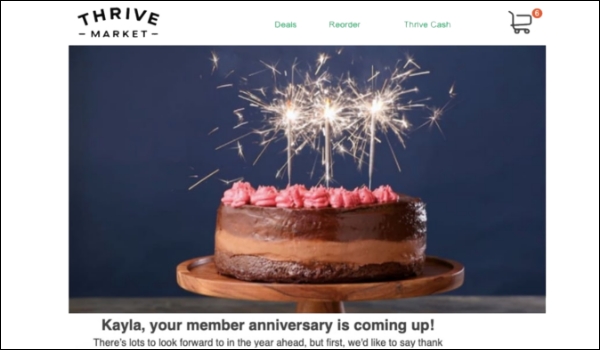
Opt-in newsletter subscription forms are an excellent method to increase exposure and are especially helpful if you want to focus and elaborate on themes that have already been covered in your blog campaign. They are a useful addition to any retail or service company, and they may also be utilized to broadcast product updates and exclusive online deals.
With tools like email segmentation and automation, brands can send hyper-personalized emails based on user preferences, purchase history, or interaction behavior, maximizing engagement and conversion.
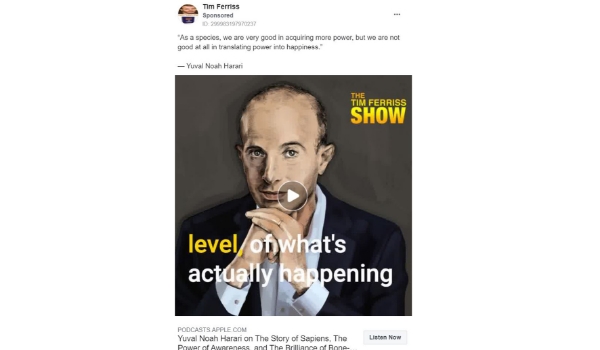
In the past few years, there has been an explosion of podcasts and podcast-hosting sites.
The reason?
People can stay informed about a topic of interest while doing the dishes, cooking, or commuting. In a gist, a podcast gives infotainment at the fingertips. Whether it is a quick titbit about how to build a DIY Christmas card or a full-length discussion on the recent trends in digital marketing, the audience gets on-demand, highly-targeted content through this narrowcasting medium.
Podcasts hosted by niche thought leaders or sponsored segments within genre-specific series serve as strong narrowcasting channels for brand awareness within micro-communities.
This narrowcasting technique is highly effective since it uses specific geographic relevance to engage or appeal to the viewers. Digital marketing also refers to this as Local PPC, where you tailor your advertisements based on location. For example, if you are offering a 20% discount on your products during the festive season, you may use the following copies for different regions:
India: Get 20% off before Diwali
USA: Get 20% off before Halloween
In television, too, some companies provide head-end geo-targeted advertising services. Channels can also choose to use local or regional commercials instead of those from the satellite stream. To do this, IRD and WEB USER INTERFACE are helpful. Their products can also reach the target market thanks to this example of narrowcasting. Revenue from advertisements has increased.
In digital signage, geo-targeted advertising can be enhanced through GPS-based content triggers and real-time location analytics, ensuring the content displayed speaks directly to the audience’s environment.
Narrowcasting works best when it’s personal, precise, and timely. Beyond the main methods, tools like in-app messaging, chatbots, and smart TV content suggestions help deliver targeted content based on user behavior.
Interactive kiosks in malls or hospitals, and QR code campaigns on packaging or flyers, are other smart ways to guide users to custom content. Social media platforms like Instagram and Facebook also support micro-targeted ads based on interests, location, and engagement.
The goal is simple: give the right content to the right people at the right time. When done well, narrowcasting builds stronger engagement, better conversion, and long-term customer loyalty.
Check out: Best creative qr code displays ideas to increase engagement
Here are the top benefits of narrowcasting:
Narrowcasting targets the strongest demographic potential, making it audience-specific. Let’s say a business wishes to display its advertisement for winter gear. With broadcasting, a commercial would be broadcast across the country to reach as many people as possible, while narrowcasting enables people to be targeted in a specific geographic area—in this context, hill stations or places with snowfall.
Comparing marketing to a targeted audience with broadcast placements can also save money. By using narrowcasting, you can save time and money by only pursuing leads you are confident will yield the best results.
Because you are communicating with people who may already be familiar with your brand or be interested in your services, you don’t need to be as cryptic in your advertising. Instead of a general call-to-action, you can add more specifics to your message that will be remembered.
Choosing a platform that can accommodate your company’s messaging and targeting requirements is crucial when using narrowcasting, and software platforms like Pickcel can help you generate better conversions and build engagement. Learn more about the Pickcel software features & benefits.
Despite its benefits, narrowcasting comes with certain challenges:
Data Accuracy
Poor audience data can result in misdirected efforts. Personalization fails when buyer personas are outdated or incomplete.
High Setup Costs
Building infrastructure for on-premises digital signage, buying digital signage players, or licensing advanced digital signage software can be expensive upfront.
Content Burnout
Hyper-targeted content needs frequent refreshing. Otherwise, the audience tunes out quickly.
Tech Complexity
Integrating CRMs, analytics, signage systems, and automation tools can be technically challenging and require skilled personnel.
Privacy Regulations
Segmenting audiences based on personal data may raise GDPR or CCPA compliance issues.
Choosing a platform that can accommodate your company’s messaging and targeting requirements is crucial when using narrowcasting, and software platforms like Pickcel can help you generate better conversions and build engagement.
Know Your Audience
Define granular personas- age, preferences, location, behavior, and platform usage. Tailor messaging accordingly.
Context is Everything
Customize content by environment: a breakroom screen needs different messaging than a restaurant POS or a hospital lobby. Pickcel’s location-based scheduling automates this effortlessly.
Track What Matters
Use digital signage analytics to monitor impressions, dwell time, interactivity, and QR scans. Combine with CRM or POS data for deeper insights.
Keep Content Fresh
Update content regularly based on campaign goals, seasonal trends, and events. Pickcel’s digital signage CMS makes scheduling quick and intuitive.
Make it Interactive
Touchscreens, polls, quizzes, QR codes on interactive digital signage drives engagement. Pickcel supports all of these with ease.
Collect Feedback
Use signage to promote surveys or social channels. Listen to what your audience is saying and iterate accordingly.

Narrowcasting in digital signage is the practice of delivering tailored content to a specific group of viewers using tools like digital signage players, location-based triggers, and audience analytics.
Pickcel’s digital signage software allows businesses to manage, schedule, and personalize content effectively, enabling more impactful narrowcasting across various screens and locations.
Yes. On premise digital signage gives you full control over content, data privacy, and local targeting, making it ideal for sensitive or location-specific messaging.
Digital signage players are the hardware backbone that displays dynamic content on screens, ensuring smooth playback, interactivity, and real-time updates.
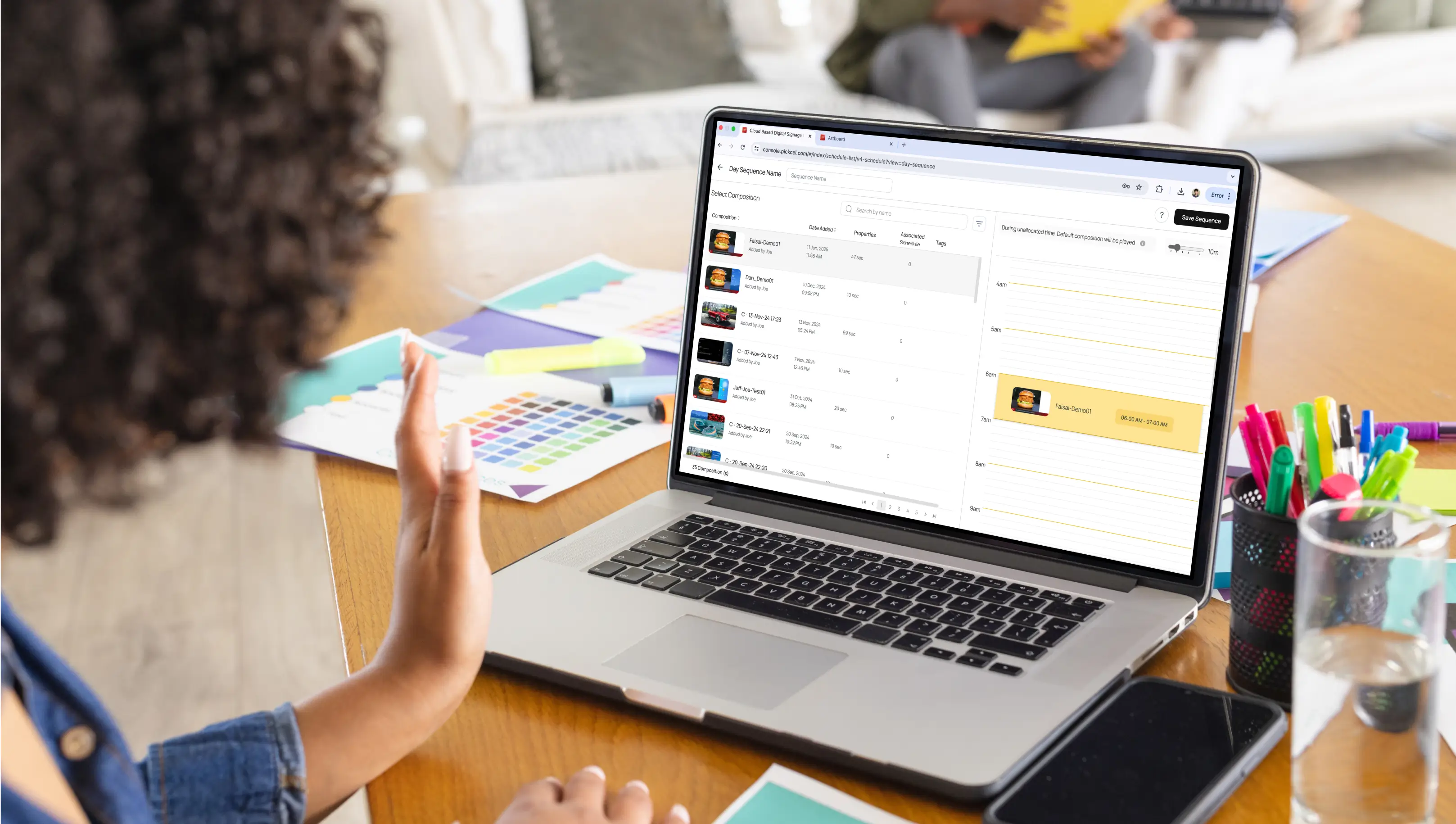




Oct 15 2023
13 min read
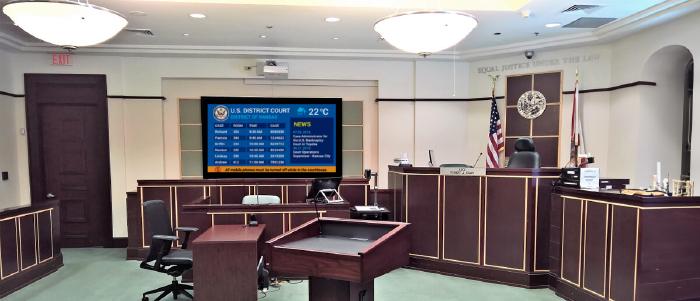
Oct 11 2023
7 min read

Oct 10 2023
7 min read

Sep 19 2023
6 min read
Take complete control of what you show on your digital signage & how you show it.
Start Free Trial Schedule My Demo